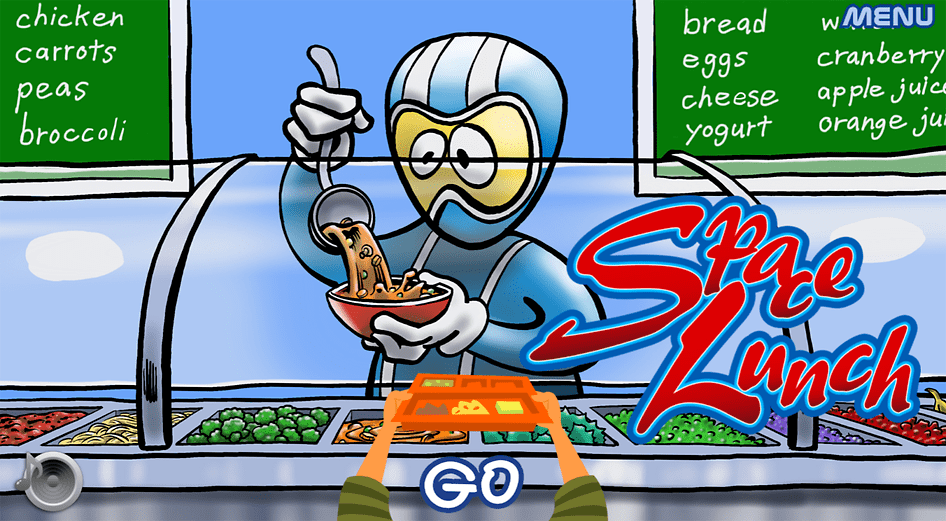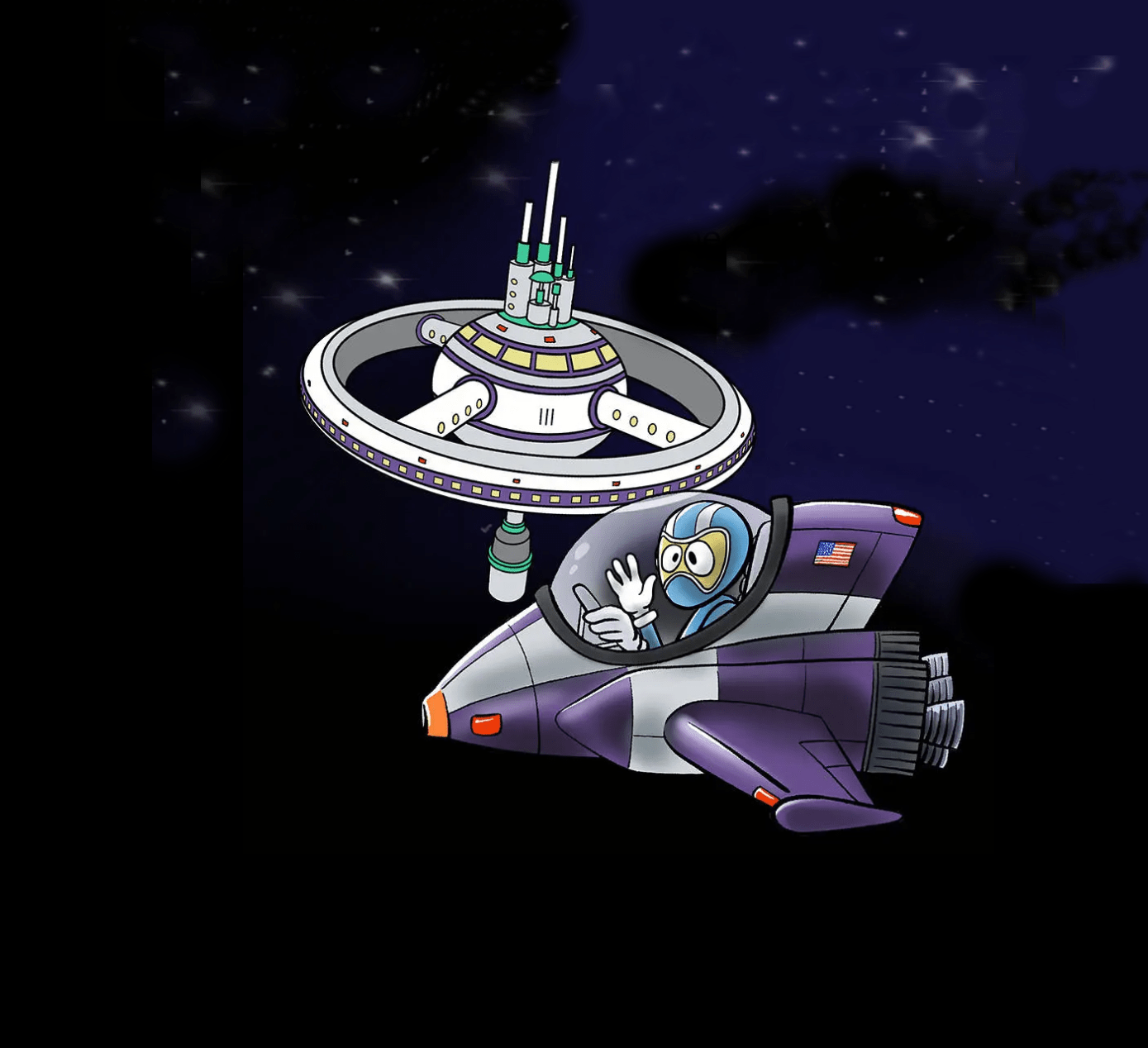NASA provides a safe place for children to play as they learn about NASA and its missions. NASA encourages you to visit NASA Kids’ Club and use its games and activities to inspire the next generation.
Descriptions and National Education Standards below. The NASA Kids’ Club Picture Show is an image gallery of some of NASA’s coolest and most interesting pictures. They may be used as conversation starters or writing prompts to lead children in discussions about STEM-related topics and current events. The Now in Space slideshow introduces young explorers to the crew currently orbiting Earth on the International Space Station.
Read NASA’s web policy for interaction with children and the Federal Trade Commission’s tips on Protecting Kids Online.
National Education Standards
Next Generation Science Standards (NGSS)
International Society for Technology in Education (ISTE)
International Technology and Engineering Educators Association (ITEEA)
National Council of Teachers of Mathematics (NCTM)
Common Core State Standards Initiative — English Language Arts and Mathematics Standards (CCSS)
AAAS Benchmark – American Association for the Advancement of Science
National Geography Standards (NGS)
Related Resources
NASA Space Place’s mission is to inspire and enrich upper-elementary-aged kids’ learning of space and Earth science online through fun games, hands-on activities, informative articles and engaging short videos. With material in both English and Spanish and resources for parents and teachers, NASA Space Place has something for everyone. The Space Place can help educators build lesson plans that align with the Next Generation Science Standards.
NASA’s Climate Kids website tells the story of our changing planet through the eyes of the NASA missions studying Earth. Targeting upper-elementary-aged children, the site is full of games, activities and articles that make climate science accessible and engaging. Climate Kids can help educators build lesson plans that align with the Next Generation Science Standards.
Kids’ Club Game Descriptions
Grade K Standards/Skills
What Comes Next?
Students view a row of space-related objects and must choose the one that comes next in the sequence.
NCTM Standard: Recognize, describe and extend patterns, such as sequences of sounds and shapes or simple numeric patterns, and translate from one representation to another. CCSS Mathematics Standard: Describe and compare measurable attributes.

It’s Not the Same
Students compare two space-themed drawings and are challenged to find five things that are not the same.
NCTM Standard: Sort and classify objects according to their attributes and organize data about the objects. CCSS Mathematics Standard: Analyze, compare, create and compose shapes.

Why Do We Explore?
An animated storybook explains why people have explored since the beginning of time.
CCSS Literature Standard: Integration of Knowledge and Ideas — Explain how specific aspects of a text’s illustrations contribute to what is conveyed by the words in a story. CCSS Reading Standard: Fluency — Read with sufficient accuracy and fluency to support comprehension. NGSS Standard: Influence of Science, Engineering, and Technology on Society and the Natural World.
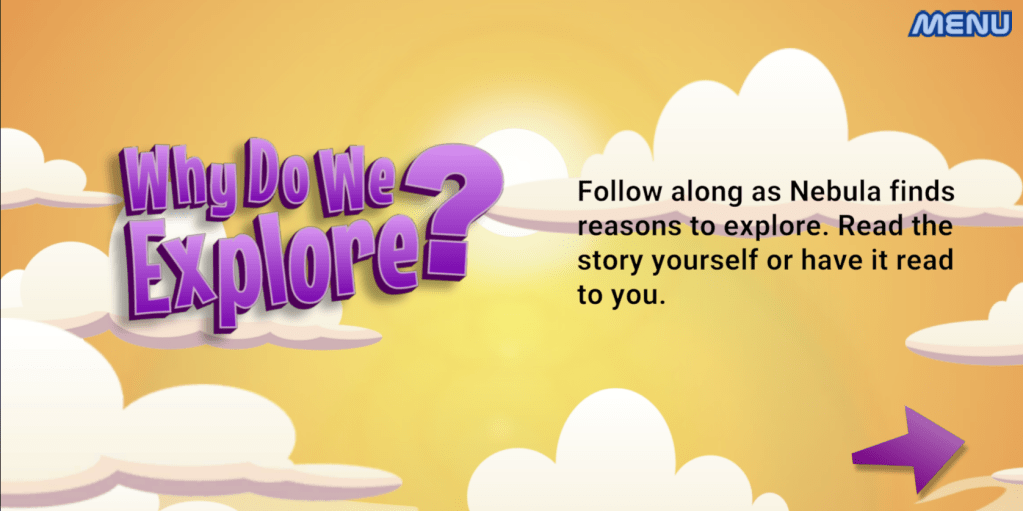
Grade 1 Standards/Skills
Rocket Builder
Students view a row of space-related objects and must choose the one that comes next in the sequence.
NCTM Standard: Recognize, name, build, draw, compare, and sort two- and three-dimensional shapes. ITEEA Standard: Students will develop an understanding of engineering design. CCSS Mathematics Standard: Reason with shapes and their attributes.
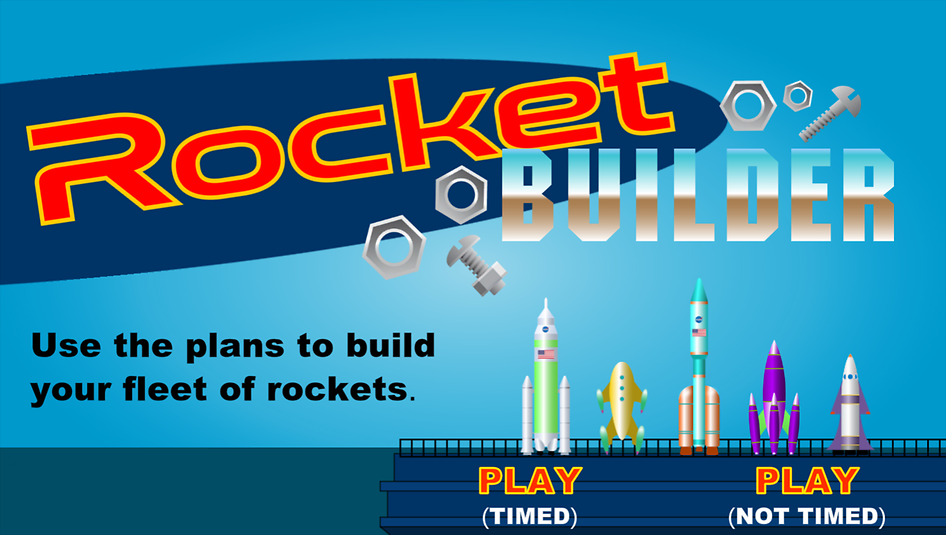
Airplane High Low
Students use clues provided by a cartoon airplane character to find a secret number.
NCTM Standard: Develop an understanding of the relative position and magnitude of whole numbers and of ordinal and cardinal numbers and their connections. CCSS Mathematics Standard: Represent and solve problems involving addition and subtraction.
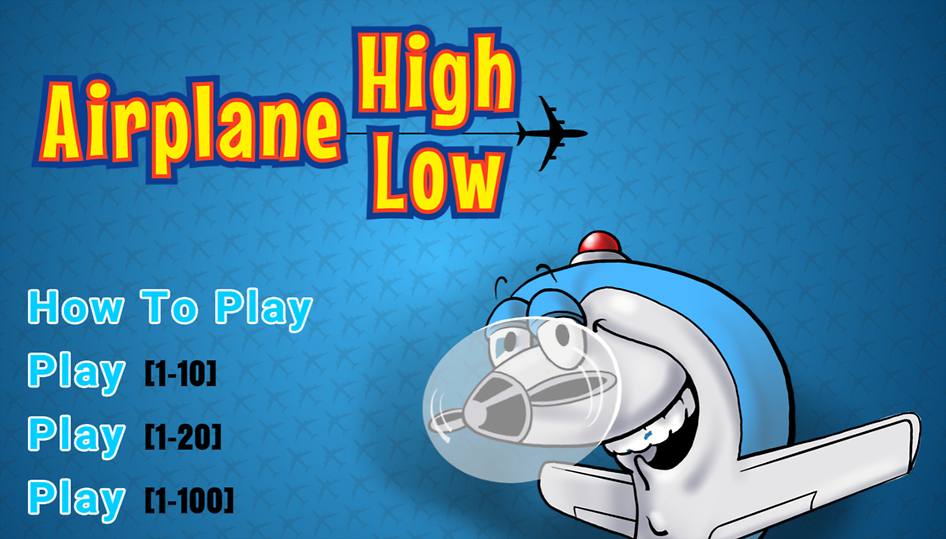
Color Nature With Nebula
See and color pictures of wildlife living on different NASA centers.
NGSS Standard: Biodiversity and Humans. Make observations of plants and animals to compare the diversity of life in different habitats.

Grade 2 Standards/Skills
Put It Together
Can you solve the puzzle? Students can choose a NASA image and the level of difficulty.
NCTM Standard: Understand patterns, relations and functions. CCSS Mathematics Standard: Analyze, compare, create and compose shapes. CCSS Mathematics Standard: Reason with shapes and their attributes.
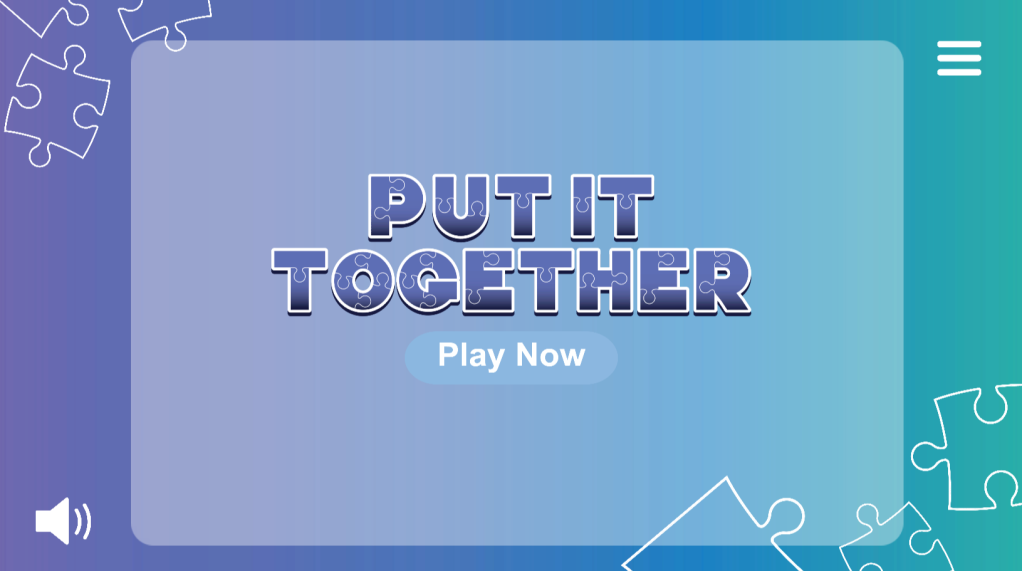
Addition Blastoff
Students group numbers to answer addition problems, which results in the successful launch of a rocket.
NCTM Standard: Compute fluently and make reasonable estimates. Develop and use strategies for whole-number computations, with a focus on addition and subtraction. Develop fluency with basic number combinations for addition and subtraction. CCSS Mathematics Standard: Add and subtract within 20.
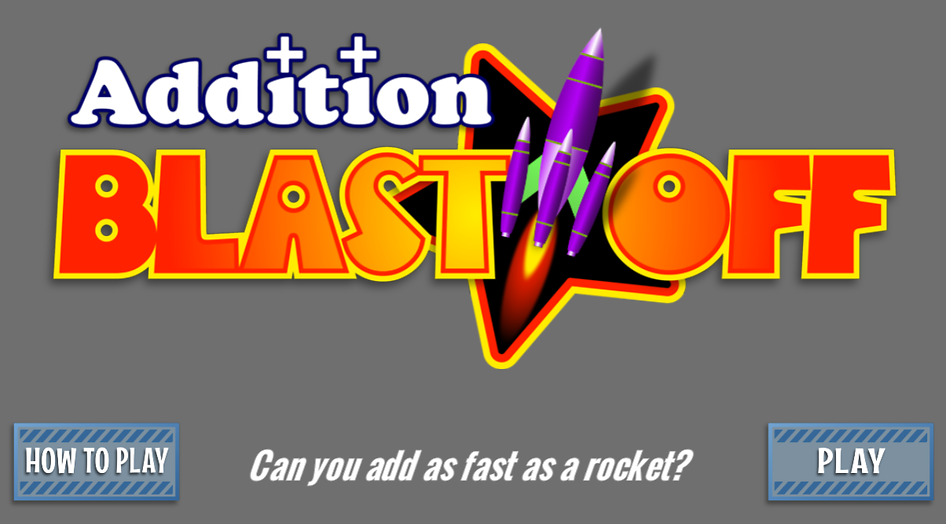
Star Fall
Students are challenged to capture groups of stars that are the same color. When captured, the stars disappear and points are accumulated.
AAAS Benchmark: More stars are in the sky than anyone can easily count, but they are not scattered evenly, and they are not all the same in brightness or color. NGSS Standard: The Universe and its Stars. NCTM Standard: Understand patterns, relations and functions.

Window To Earth
Take a peek and see how Earth looks from space. Can you see the difference between a volcano and a lake?
NGSS Standard: Earth’s Systems: Processes that Shape the Earth. NGS Standard: The physical processes that shape the patterns of Earth’s surface. NGS Standard: The physical and human characteristics of places. NGS Standard: How human actions modify the physical environment.
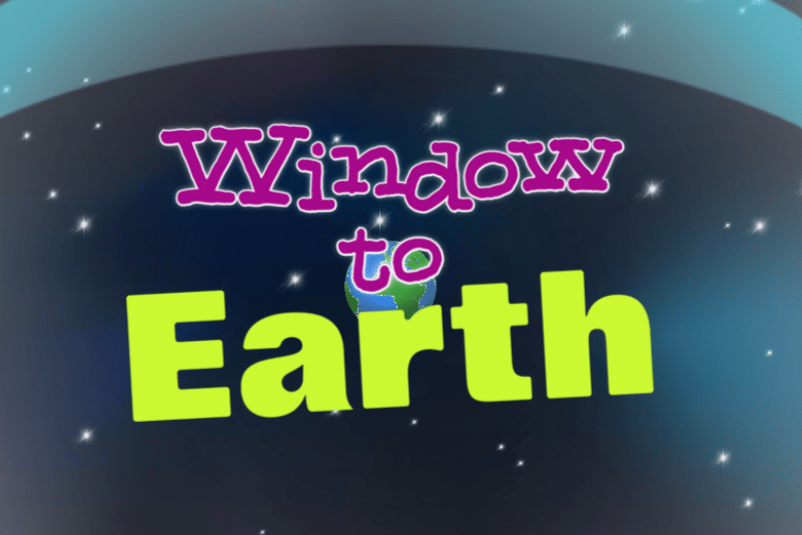
Grade 3 Standards/Skills
Search for Spinoffs
For more than 40 years, NASA has shared its technological discoveries with private industry. The results have been new products and services in medicine, transportation, public safety, computer technology and caring for Earth’s environment.
ITEEA Standard: Students will develop an understanding of the relationships among technologies and the connections between technology and other fields of study. NGSS Standard: Influence of Science, Engineering, and Technology on Society and the Natural World.
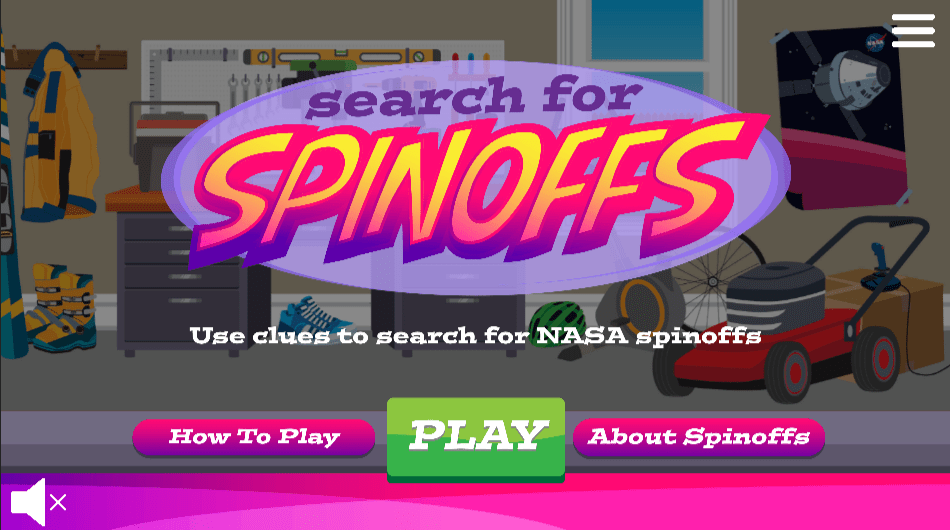
Flip Time
Students are challenged to match analog times to the corresponding readings on digital clocks.
NCTM Standard: Recognize the attributes of length, volume, weight, area and time. CCSS Mathematics Standard: Solve problems involving measurement and estimation of intervals of time, liquid volumes, and masses of objects.

Let’s Fly Away
See pictures of cool NASA aircraft in this multifaceted slideshow.
CCSS Mathematics Standard: Identify and define shapes. CCSS Mathematics Standard: Analyze, compare, create and compose shapes. CCSS Mathematics Standard: Reason with shapes and their attributes. NCTM Standard: Identify, compare and analyze attributes of two- and three-dimensional shapes and develop vocabulary to describe the attributes. NCTM Standard: Describe attributes and parts of two- and three-dimensional shapes. NGSS Standard: Influence of Science, Engineering, and Technology on Society and the Natural World.
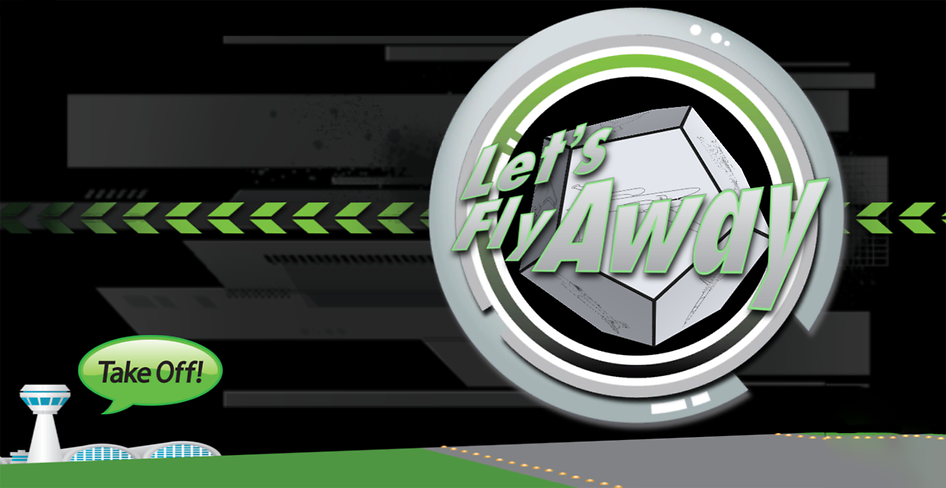
Grade 4 Standards/Skills
Go to the Head of the Solar System
Students are challenged to answer questions about celestial objects as they travel through the solar system.
NGSS Standard: Space Systems: Stars and the Solar System. AAAS Benchmark: Earth is one of several planets that orbit the sun, and the moon orbits around Earth.
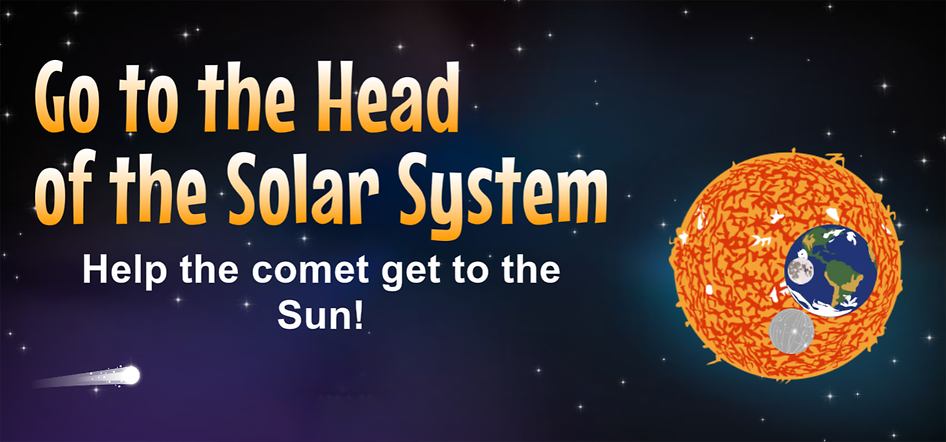
Jumbled Jets
Students must use logic and reasoning skills to determine the correct arrangement of airplanes on a runway.
NCTM Standard: Understand patterns, relations and functions. NCTM Standard: Develop and evaluate inferences and predictions that are based on data. NCTM Standard: Problem-solving. NCTM Standard: Reasoning. CCSS Mathematics Standard: Generate and analyze patterns.

Space Lunch
How well do you know the food groups? Match tiles of Earth food and space food to complete the game.
NCTM Standard: Understand various types of patterns and functional relationships. CCSS Mathematics Standard: Represent and interpret data. CCSS Mathematics Standard: Reason with shapes and attributes. CCSS Language Standard: Sort common objects into categories (e.g., shapes, foods) to gain a sense of the concepts the categories represent.
